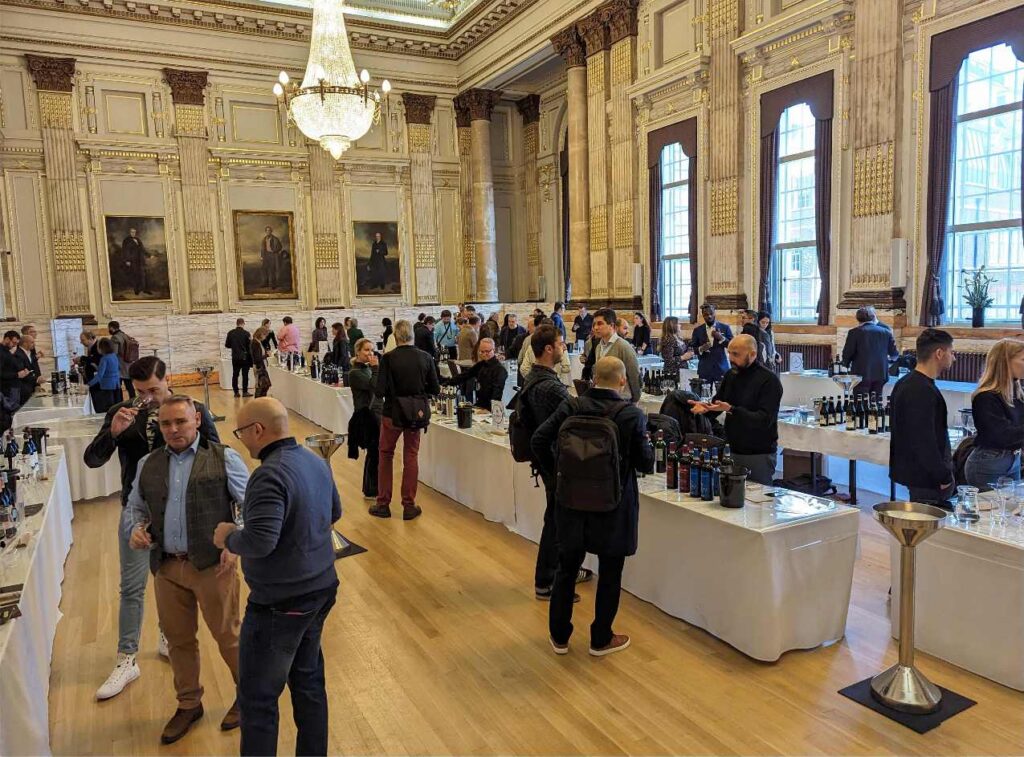
On 20th November 2023 I attended the ‘Amarone Calling’ tasting, a collaboration between the UK Sommelier Association and the Consorzio Tutela Vini Valpolicella, the Italian organisation dedicated to promoting and controlling the appellation of Valpolicella wines. The event focused on showcasing a range of Valpolicella and Amarone wines, offering a unique opportunity to explore these wines.
Attendees entered the event with little prior information on the specific wines to be tasted, making it more of a spontaneous exploration rather than a pre-planned tasting journey. This approach, while somewhat challenging for those such as myself looking to target wines based on cost and availability, provided a different element of discovery.
The wines featured were Valpolicella DOC, a youthful and lighter wine; Valpolicella Ripasso DOC, a medium-bodied wine with a higher alcohol content; the more prestigious Amarone della Valpolicella DOCG, known for its unique drying process of grapes; and the sweet, rich Recioto della Valpolicella DOCG. These wines are made from a blend of grapes, with Corvina being the mainstay, supported by others like Corvinone, Rondinella, Molinara and a few more such as Oseleta and Croatina. Learn more in my article on Understanding Valpolicella and Amarone.
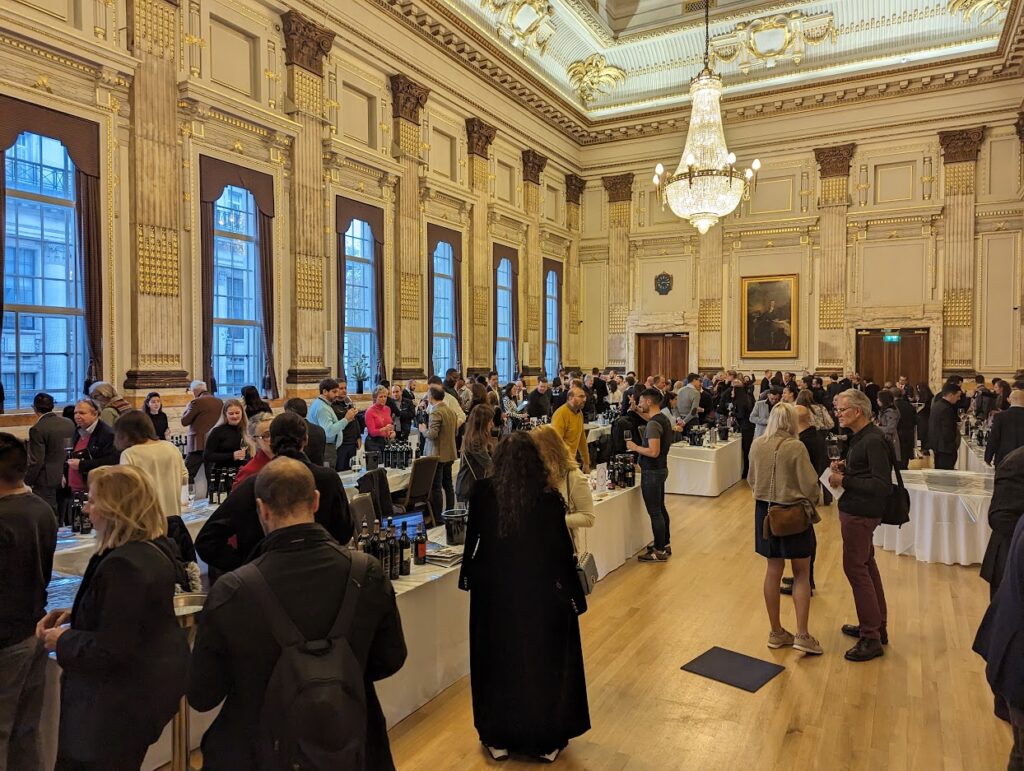
The wines included those from Benedetti Corte Antica, Bronzato, Buglioni, Burato Wines, Campagnola, Cantine di Verona S.C.A., Gerardo Cesari, Colle Cerè, Cantina Corte Archi, Corte Merci, Costa Arènte, Damoli Bruno, Domìni Veneti, Cantina Giovanni Ederle, Mizzon, Pasqua Vigneti e Cantine, Roberto Mazzi e Figli, San Rustico dal 1870, Santa Sofia, Sartori di Verona, Secondo Marco, Tenuta Santa Maria di Gaetano Bertani, Terre di Leone, Tinazzi, Torre di Terzolan, Valentina Cubi, Villa Canestrari and Zonin.
These are the wines I tried:

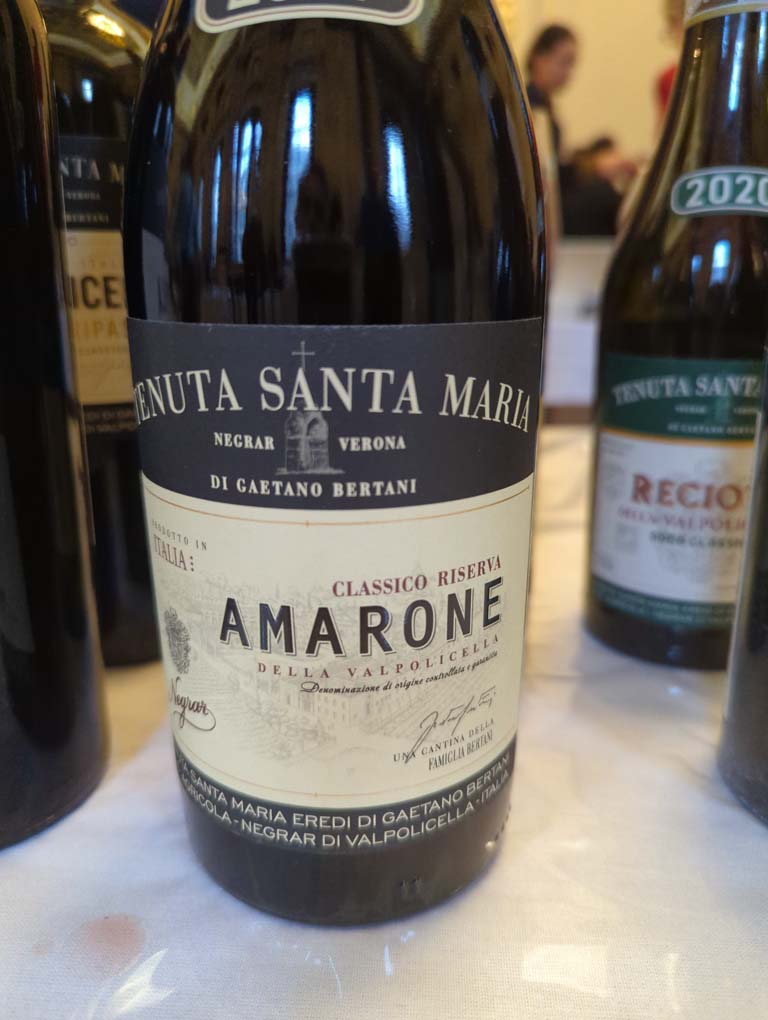




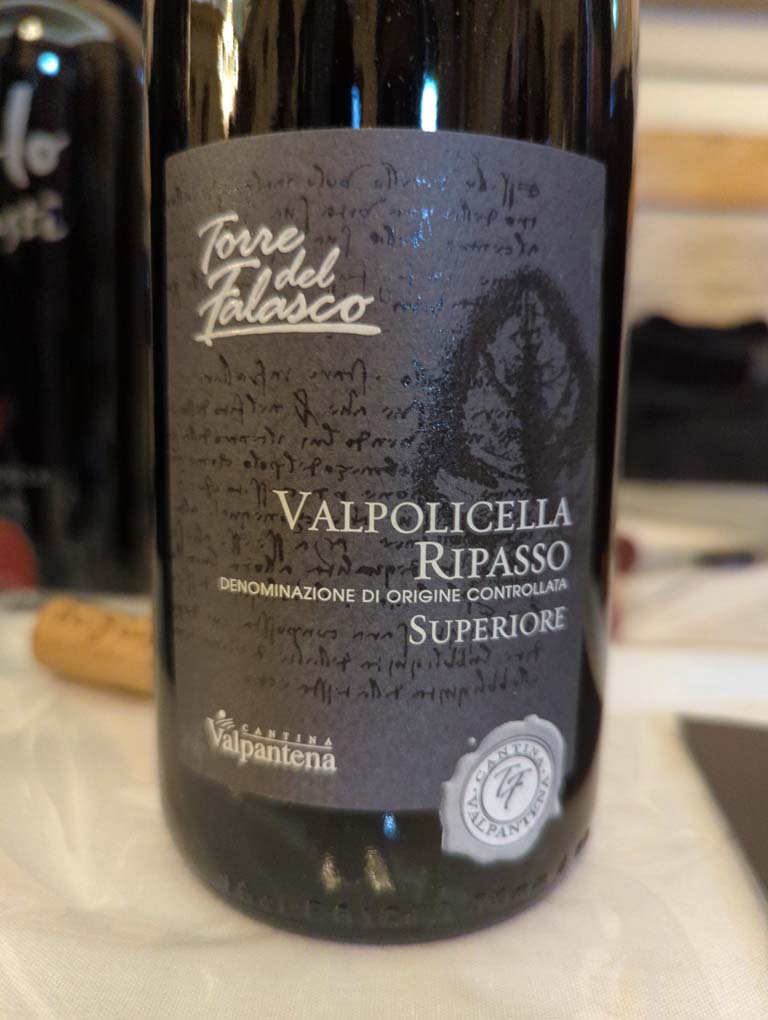



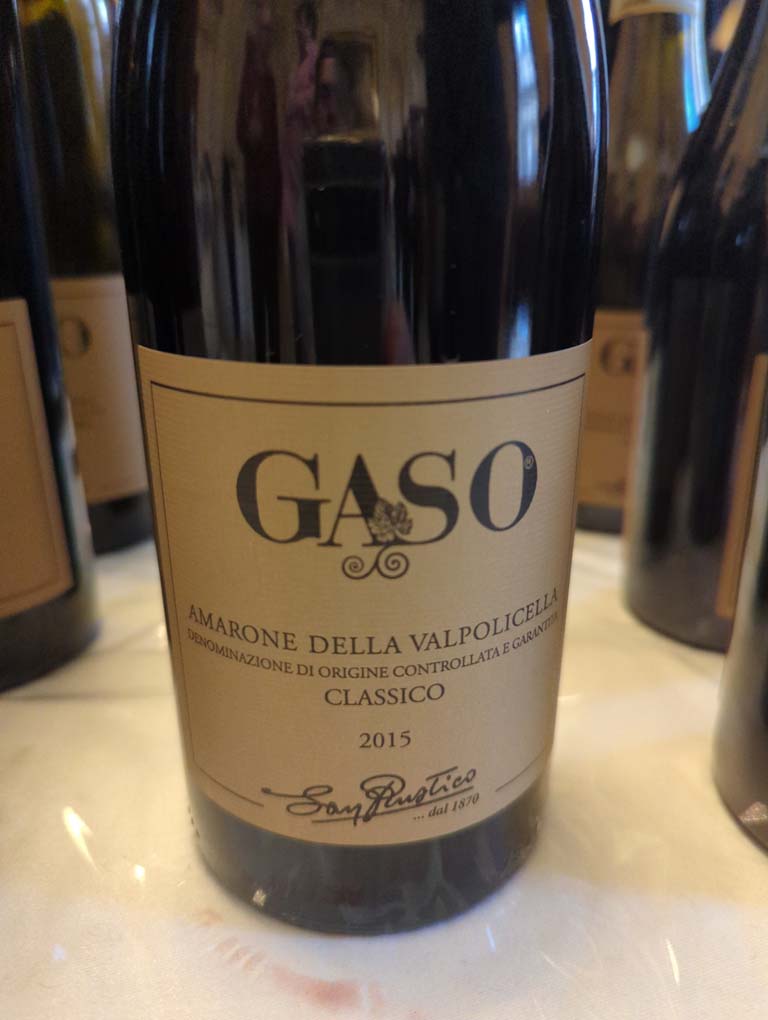



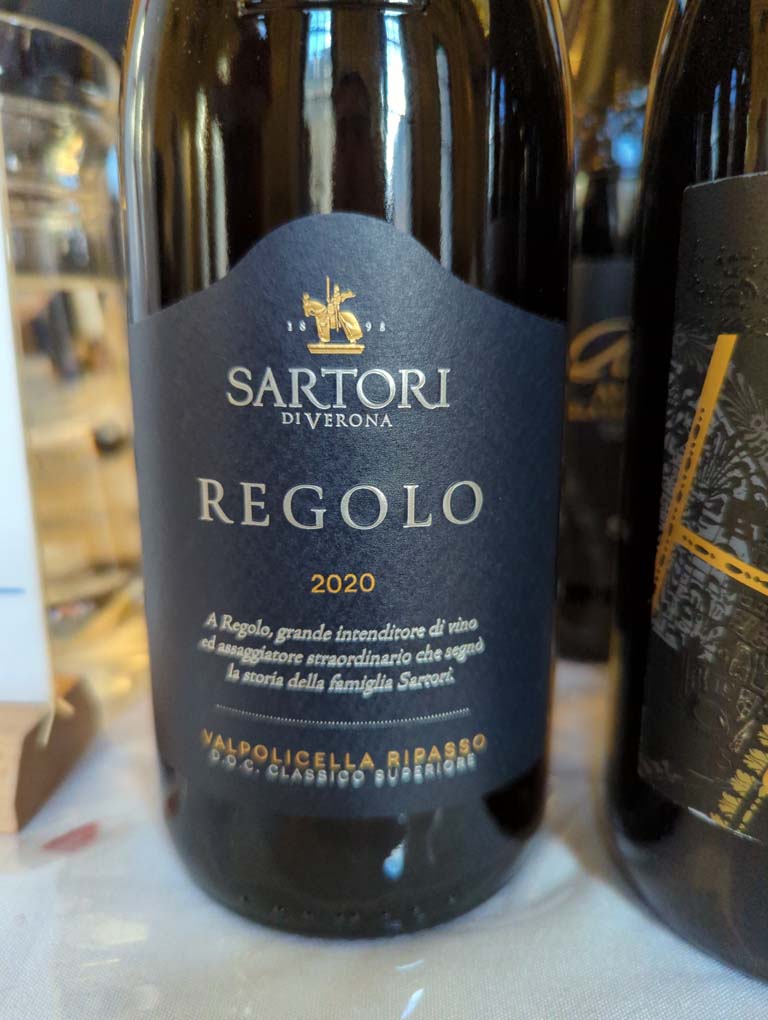
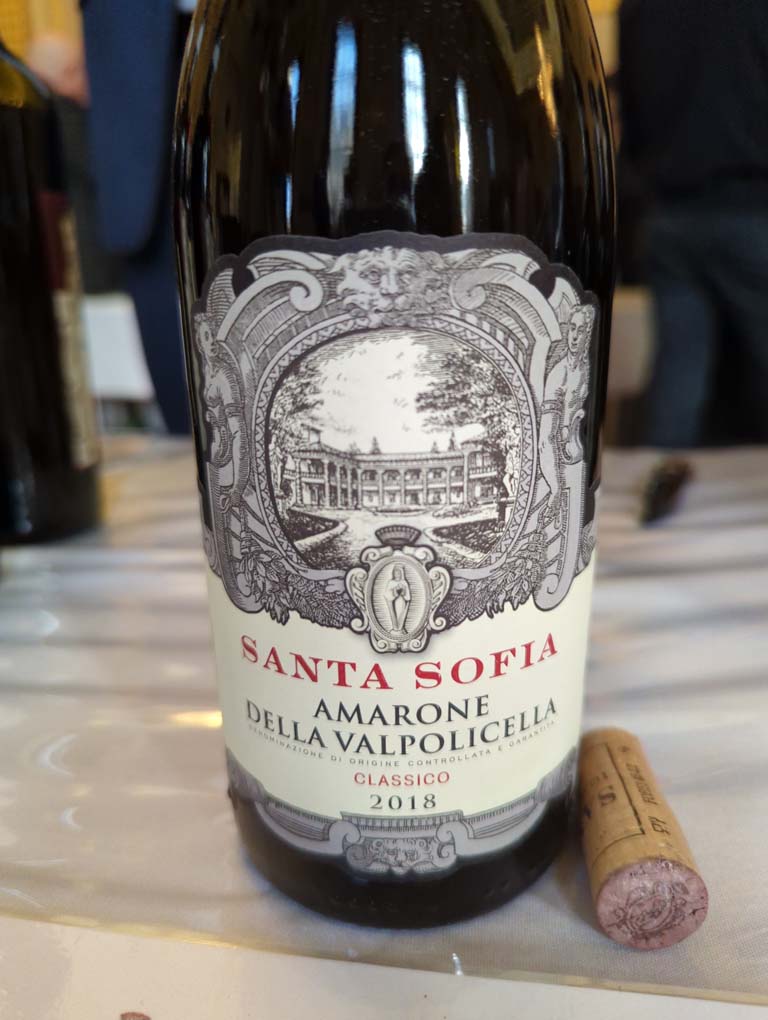

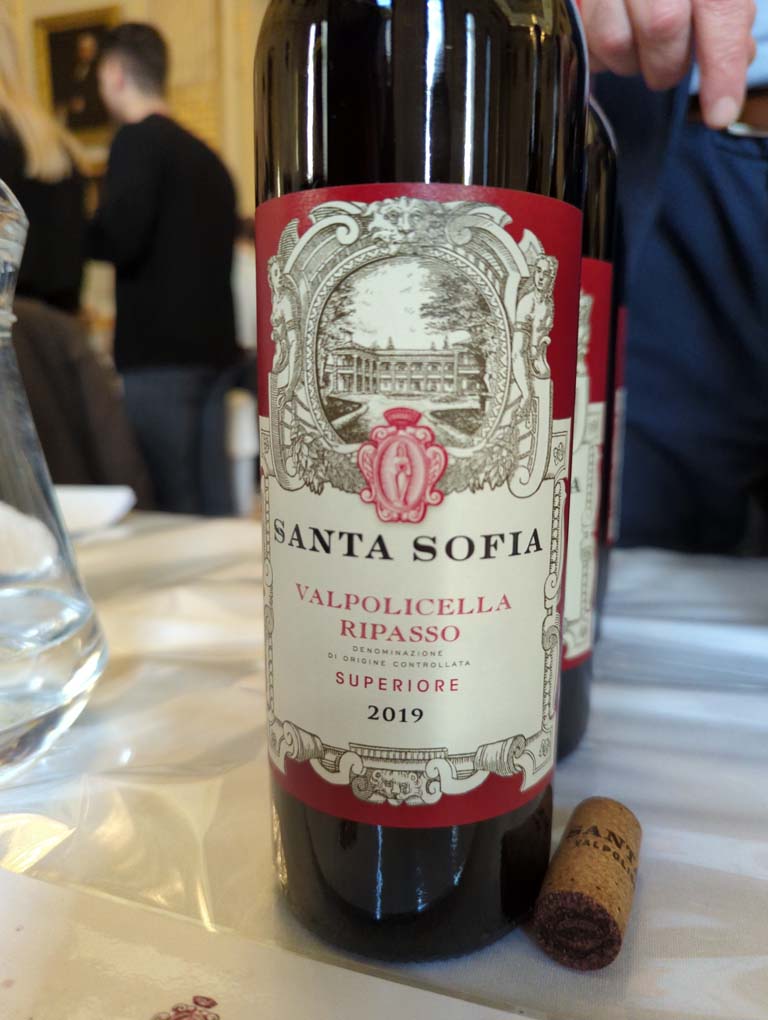
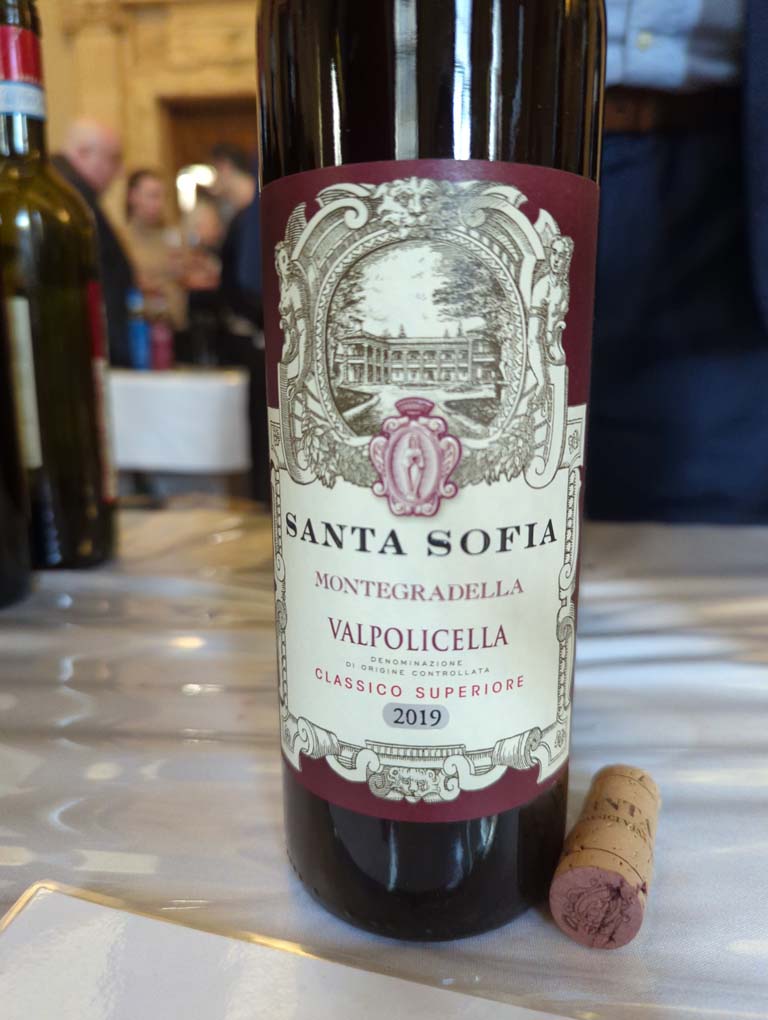
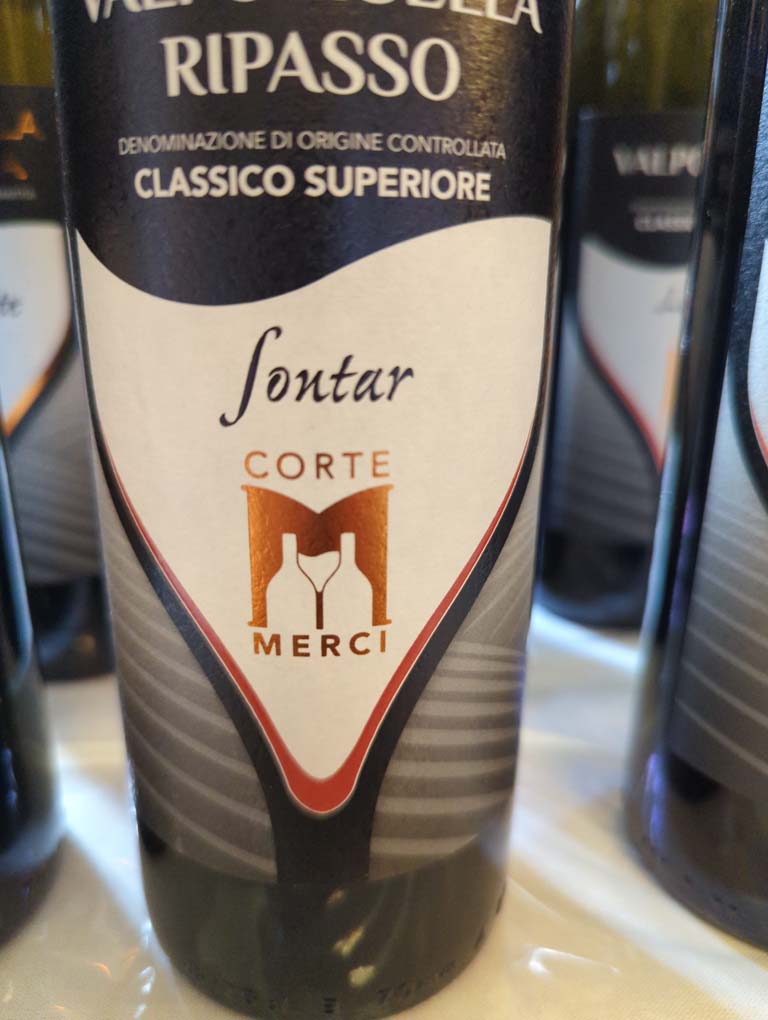

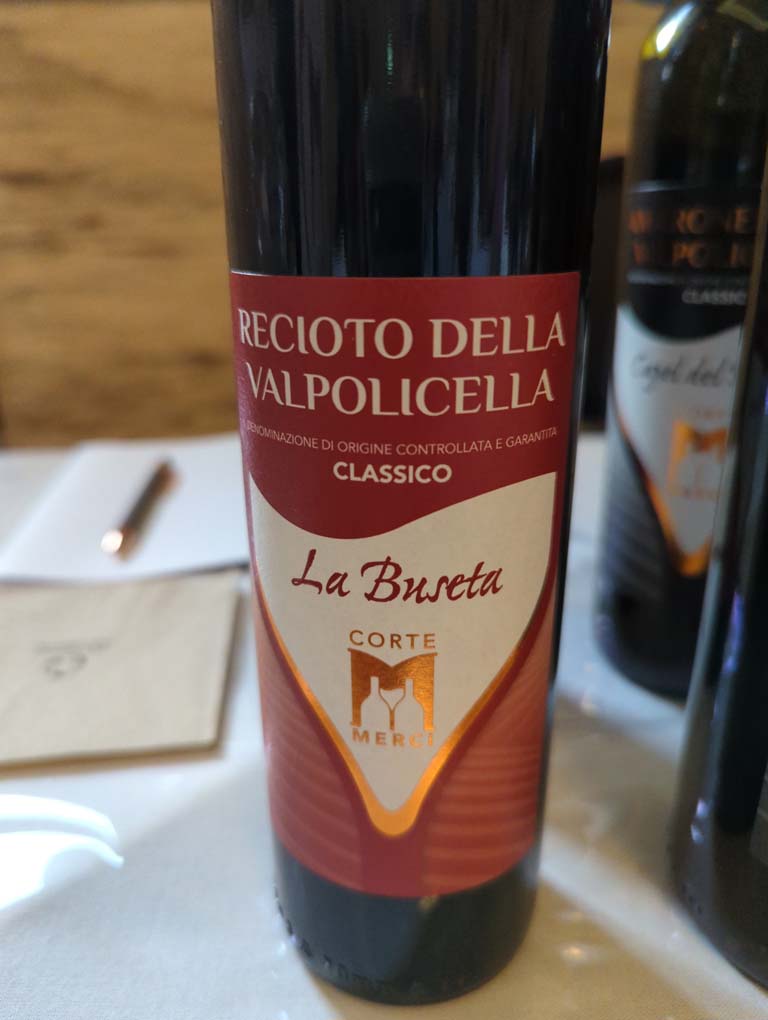


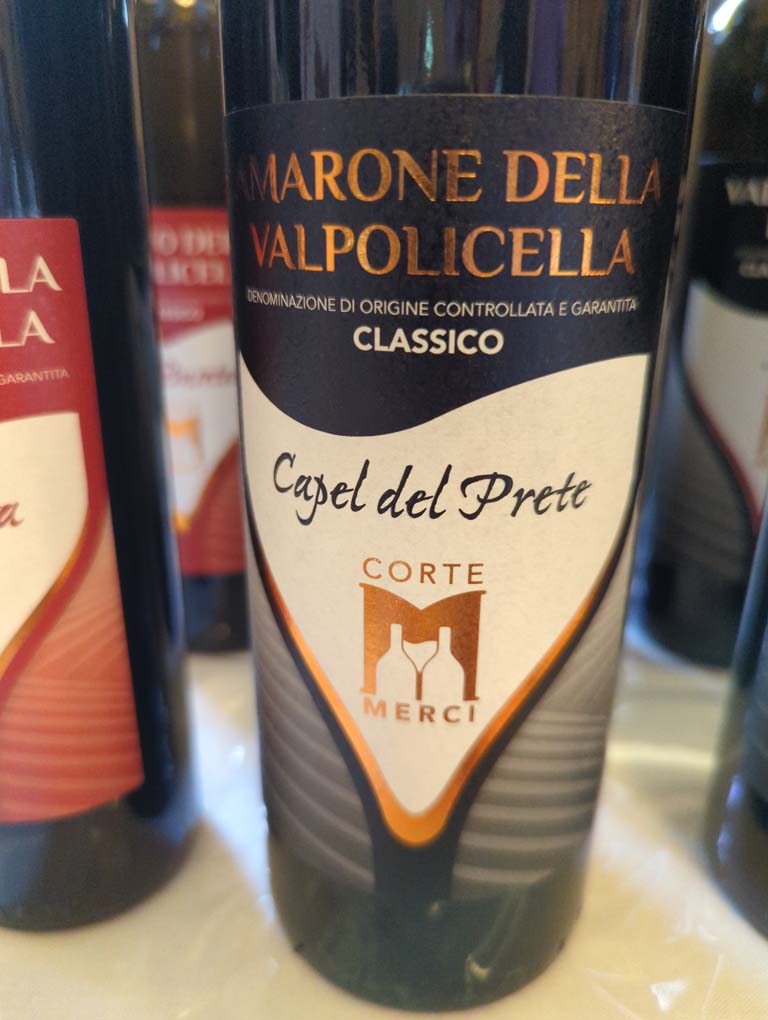
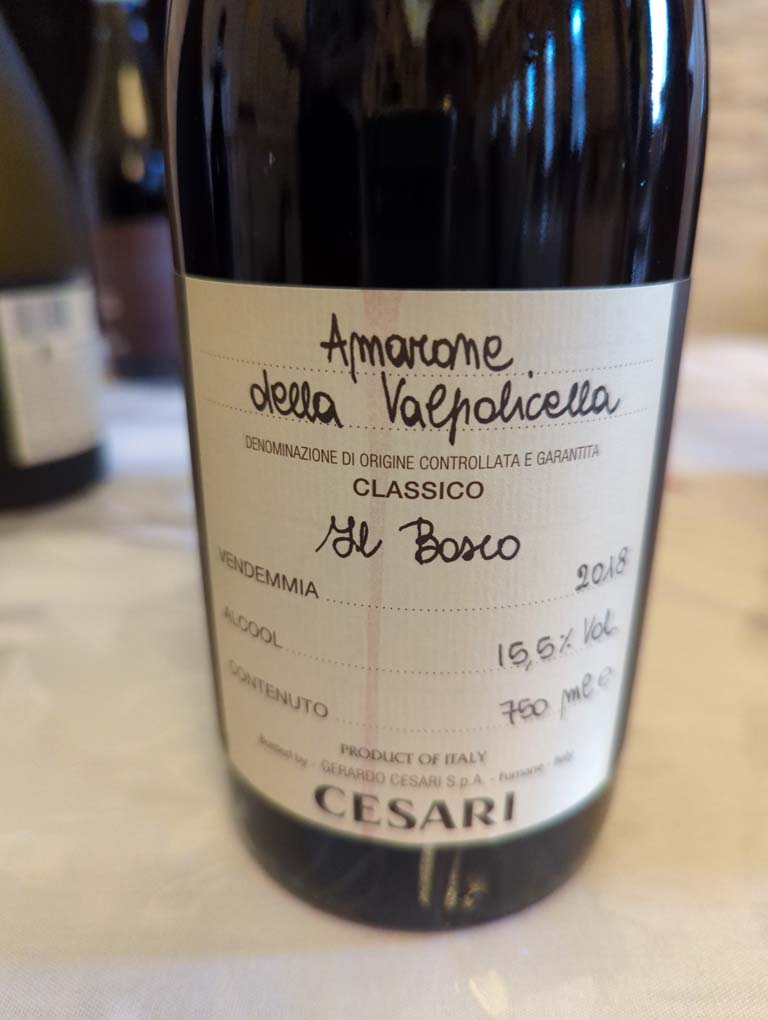


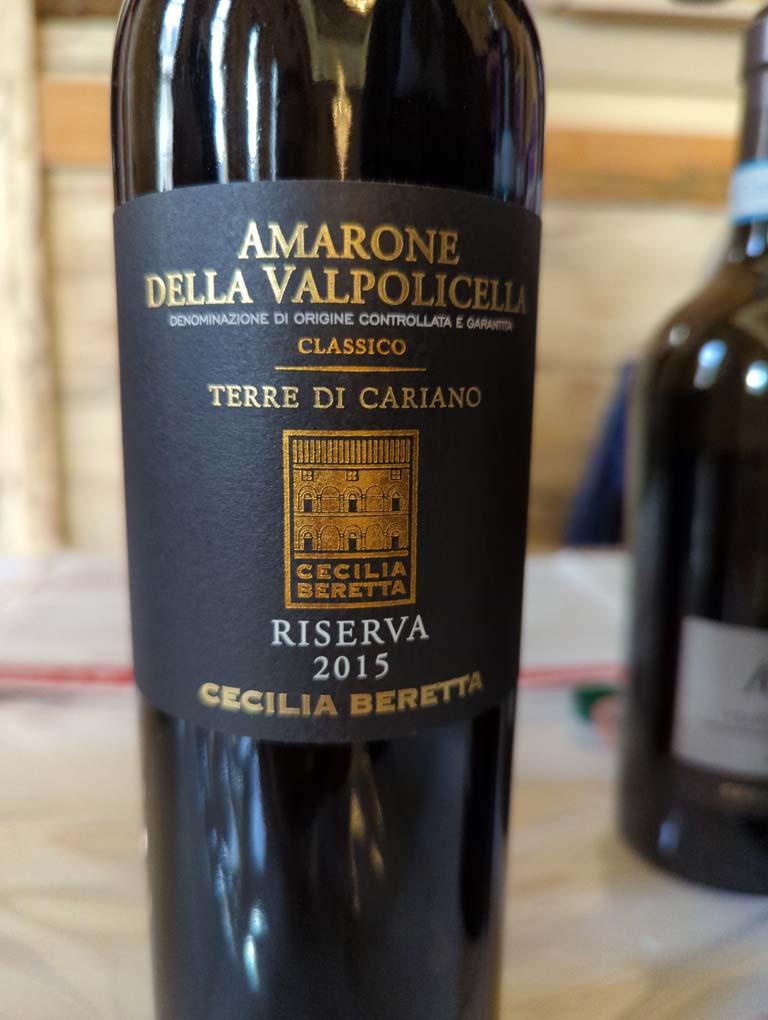
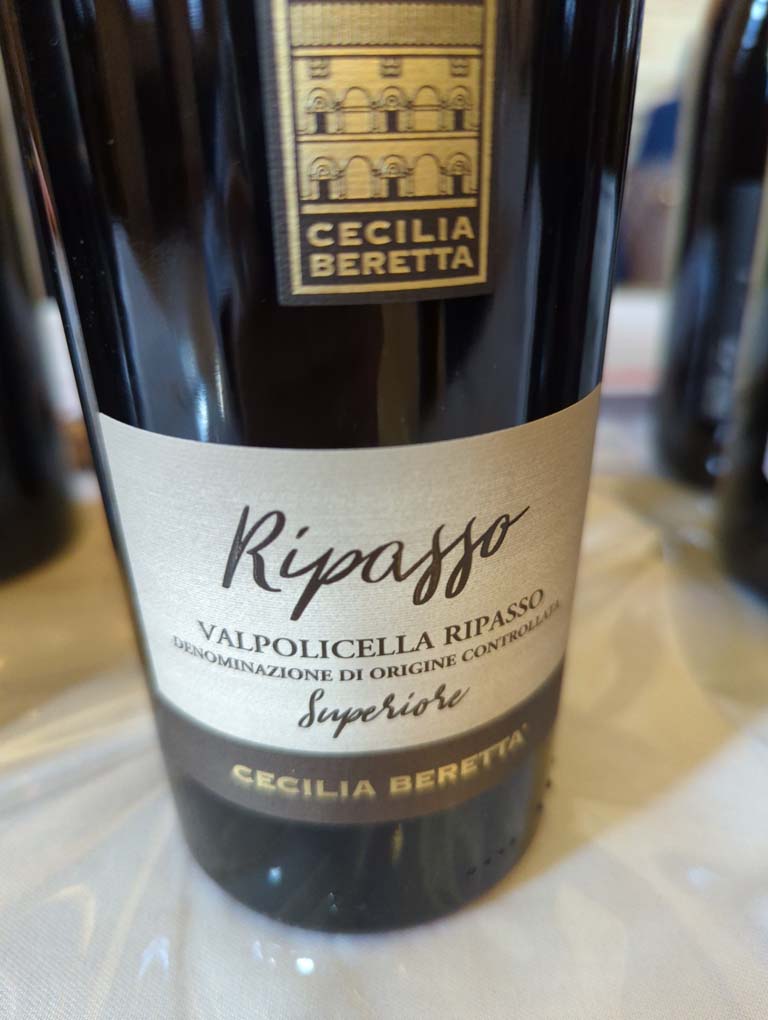


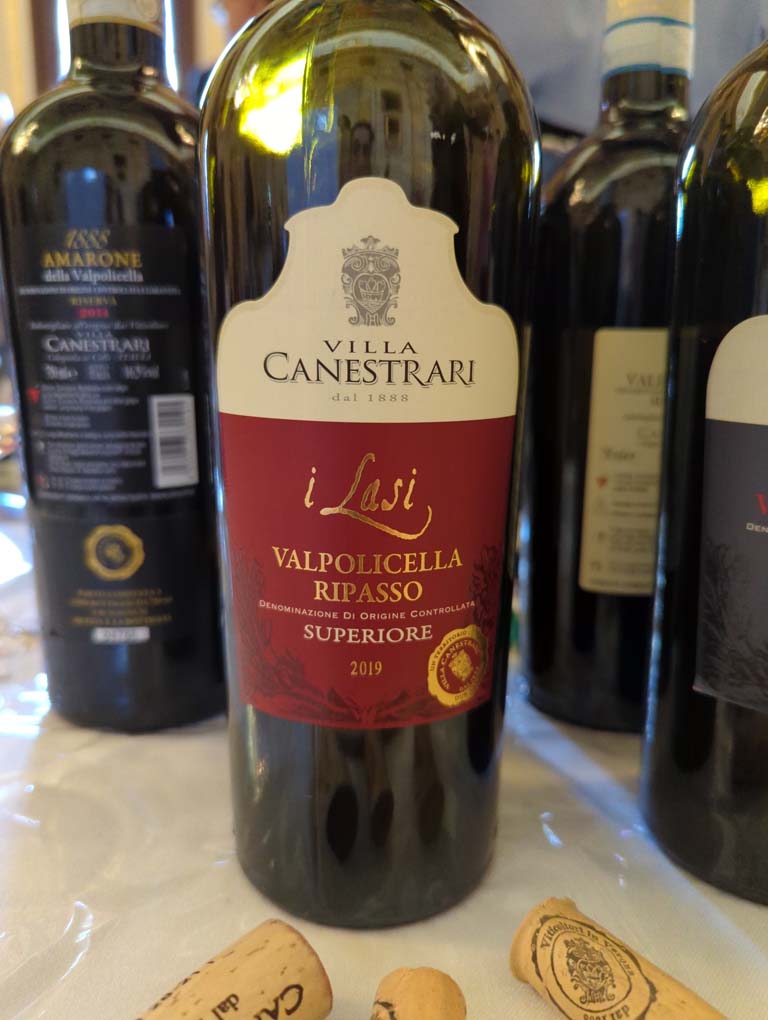
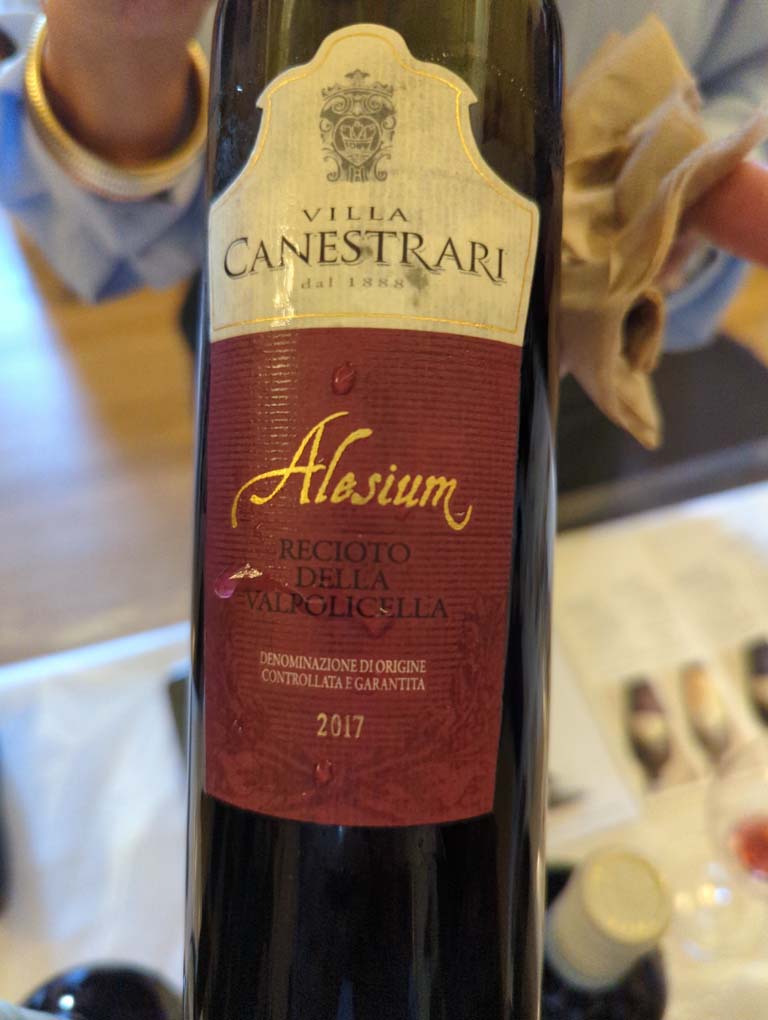

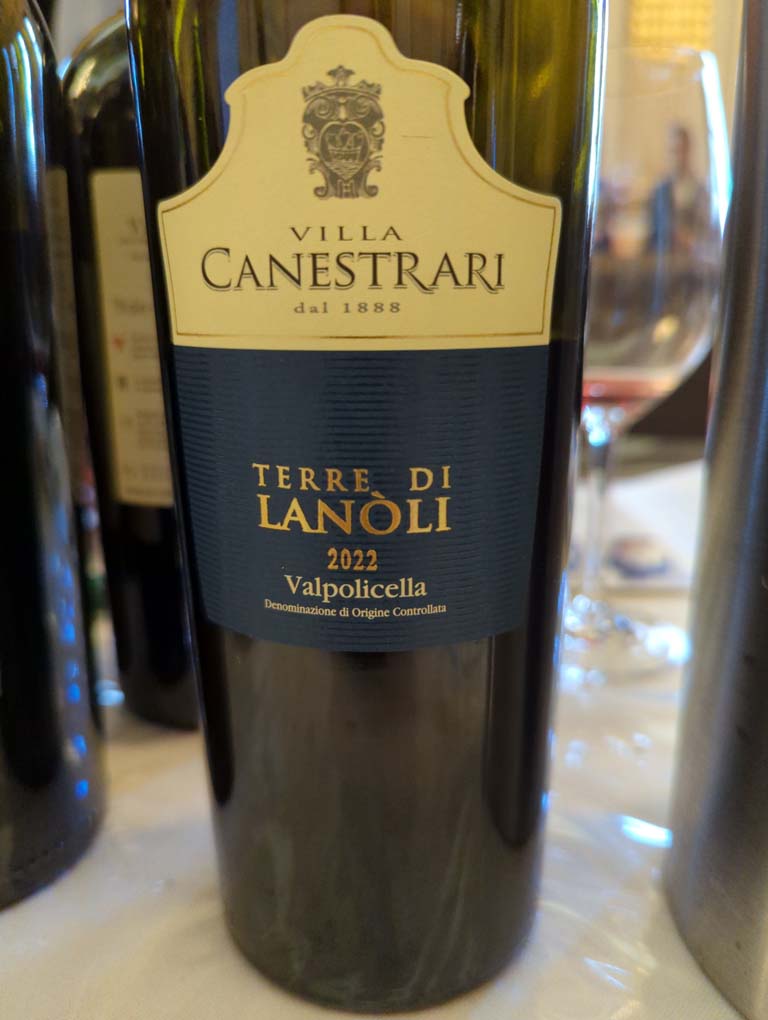

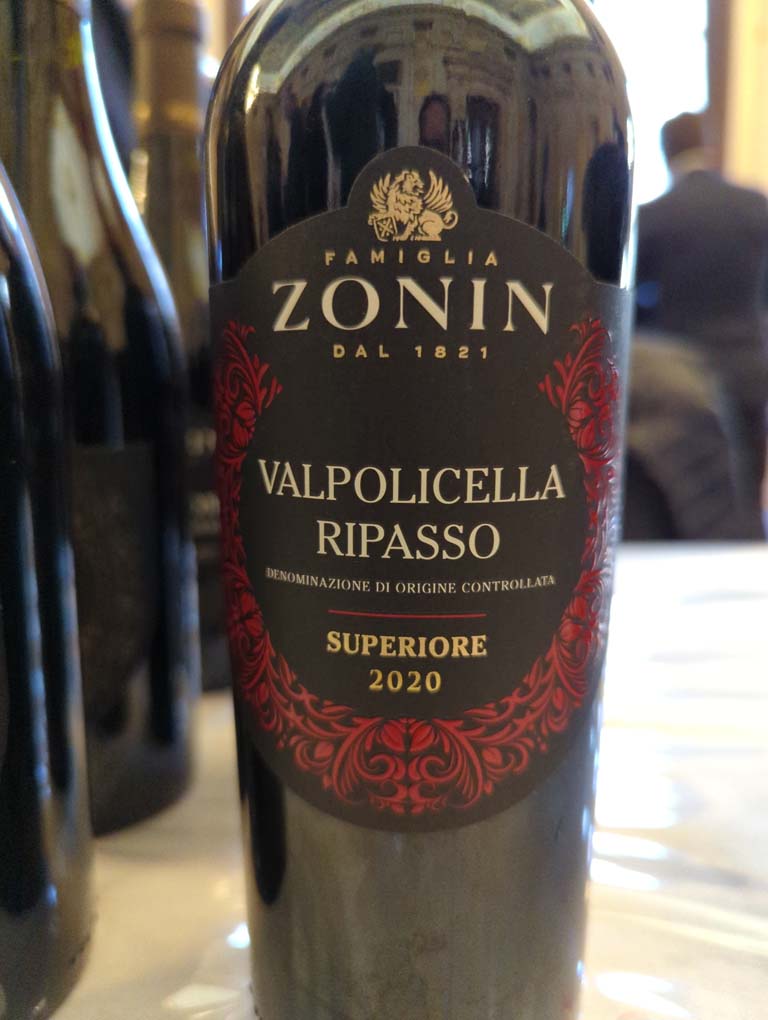
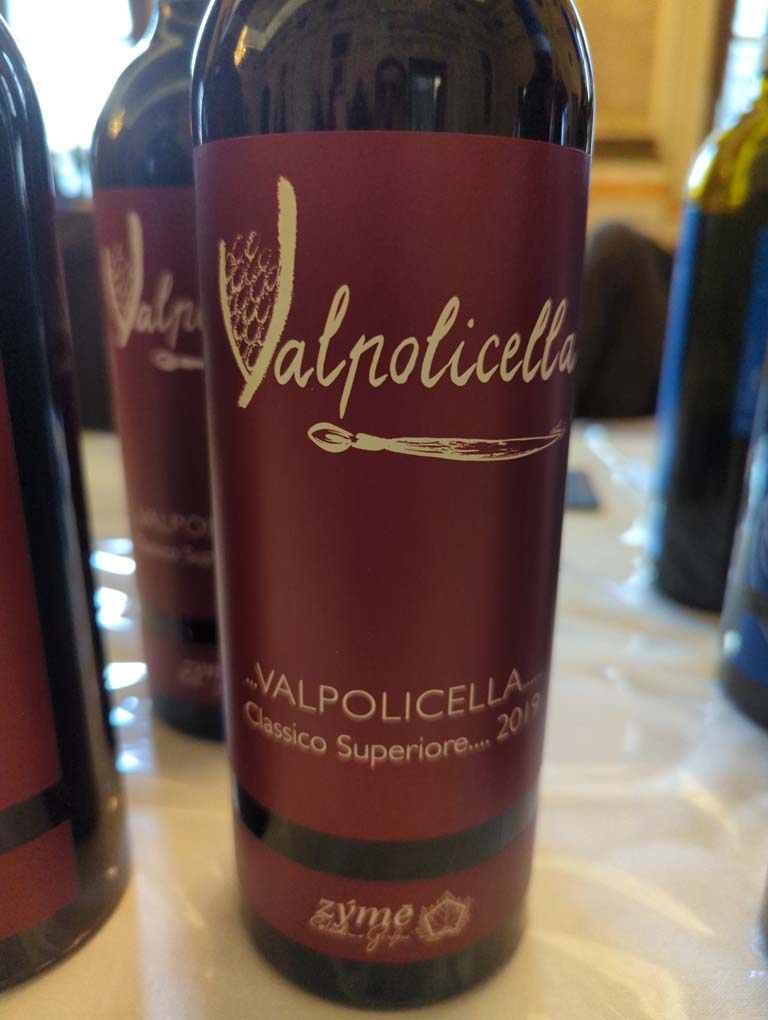
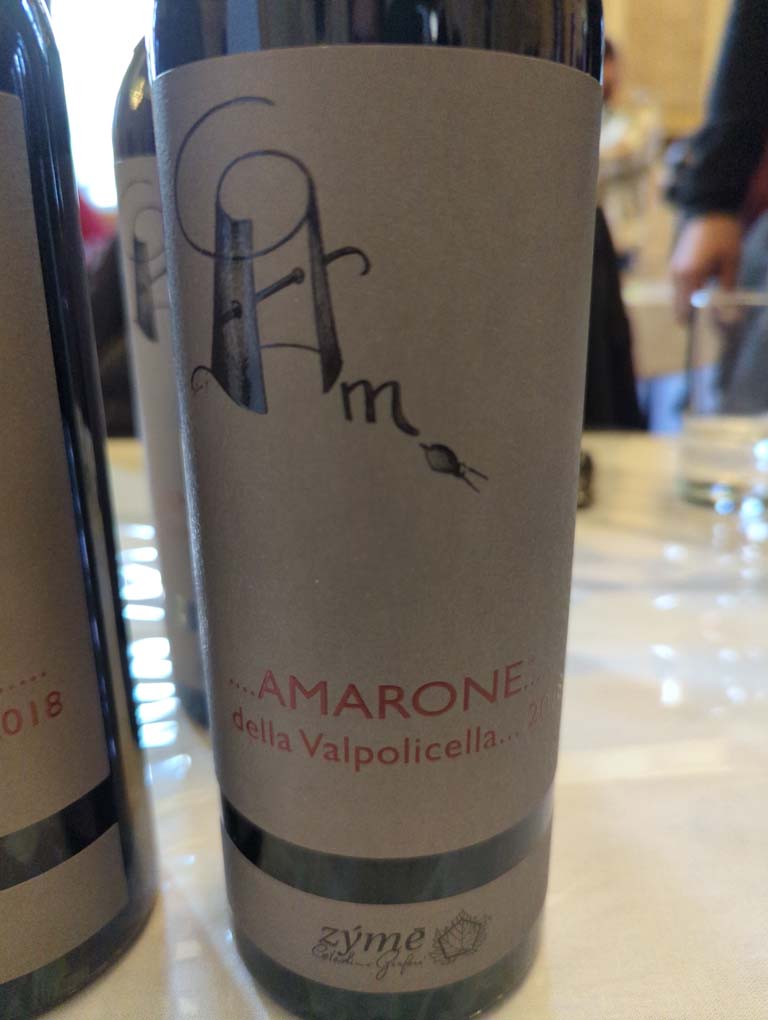
Valpolicella DOC tended to be fresh and fruity with flavours of cherries and red berries. Valpolicella Ripasso had much more intensity and complexity with a richer taste, often with notes of dark fruit, chocolate and sometimes a bit of earthiness or leather. However, Valpolicella Ripasso was the most variable with some examples being less oaky and more balanced and fruity. Amarone had the most complex flavour profile bringing flavours of dried fruit, figs, tobacco, with typically higher alcohol content, some up to 15.5%, providing a smoother experience. Recioto della Valpolicella was sweet and rich with flavours of sweet cherries and plums.
Here are the wines that stood out for various reasons:
Cantine di Verona S.C.A.
Valpolicella DOC Superiore 2015 “Brolo dei Giusti”. Elegant.
Valpolicella Ripasso DOC Superiore 2019 “Torre del Falasco”. Fruity.
Amarone della Valpolicella DOCG 2018 “Torre del Falasco”
Amarone della Valpolicella DOCG Riserva 2013 “Brolo dei Giusti”. Full on tannins and oak.
These had the greatest range of great tastes, from one producer, from elegant, through fruity, to full on tannins and oak. Also some great bottle graphics. Available from UK restaurants and retailers supplied by Liberty Wines.
San Rustico dal 1870
Valpolicella DOC Classico 2022. Fruity, one of the best. Fresh, light, could even be chilled.
Valpolicella Ripasso DOC Classico Superiore 2018 “Gaso”. Fruit. One of the best.
Amarone della Valpolicella DOCG Classico 2015 “Gaso”. Excellent balance and fruit.
Recioto della Valpolicella DOCG Classico 2018 “Gaso”.
My favourite table. All wines had fruiter and more balanced style that’s more to my personal taste.
Sadly not yet represented in the UK.
Zonin
Valpolicella Ripasso DOC Superiore 2020.
Amarone della Valpolicella DOCG 2020. Lighter style than normal.
Interesting insofar as they are experimenting selling direct via Amazon.
Villa Canestrari
Valpolicella DOC 2022 “Terre di Lanoli”. Light, smokey.
Valpolicella DOC Superiore 2018. Smooth, fruity, complex.
Valpolicella Ripasso DOC Superiore 2019 “I Lasi”. More tannic and smoky rather than oak.
Amarone della Valpolicella DOCG 2020 “Phanos”
Amarone della Valpolicella DOCG 2020 “A”
Amarone della Valpolicella DOCG Riserva 2015 “Plenum”
Amarone della Valpolicella DOCG Riserva 2014 “1888”
Recioto della Valpolicella DOCG 2017 “Alesium”. Fresh and elegant.
I particularly liked all these wines because they had more complexity, due to minerality, because the vineyards are near Soave. Again, sadly not yet represented in the UK.
Interestingly, I seemed to detect an inverse relationship between the wines represented by UK importers and those that personally appealed to me in terms of taste. A notable exception was Cantine di Verona S.C.A, represented by Liberty Wines, which stood out with some excellent wines and attractive bottles.
The event also opened my eyes to a market segment I hadn’t previously considered: wealthy private buyers. Some stands mentioned they were catering to this exclusive clientele, offering a glimpse into a different aspect of the wine market beyond supermarkets, specialist retailers, restaurants and bars.
During the tastings, I noticed a variety in the profiles of what were ostensibly wines of the same type. Some were very dark, strong, tannic, and oaky, while others, still bold, leaned more towards fruity flavours. Seeking clarity on what is typical for these wines, I consulted a friendly sommelier from the UK Sommelier Association who were running the event. He explained that traditionally, these wines have been dark, strong, tannic, and oaky, but a recent trend has seen a shift towards more balanced and fruity profiles. This observation mirrors my experiences with a recent Ribera del Duero tasting, suggesting a possible global trend in wine-making styles.
Finally, the event calibrated my expectations of Valpolicella Ripasso and strengthened my belief that a previous wine I tasted, Corte Lenguin Valpolicella Ripasso Classico Superiore, is an excellent example.
Here’s the event catalogue (pdf).













